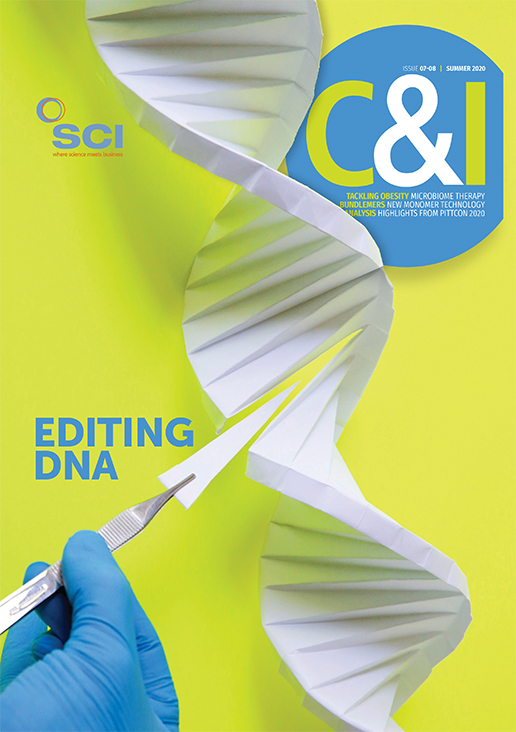Anthony King
A review of lifetime estimates of plastics in the environment reveals they often vary enormously for the same plastic item. Styrofoam cups last for 50 years in the environment, for example, according to one official source, whereas another states they will persist for thousands of years.
Meanwhile, an estimate that fishing line lasts for 600 years at sea was found in 37 different information graphics.
Not one of the 255 lifetime estimates examined from 57 infographics on plastic lifetimes was based on peer-reviewed literature. These graphics were published by government agencies, NGOs, academic institutions, journals, college textbooks and reference books, as well as in print and online media. Most statistics were recycled from infographics originally published by organisations such as the National Oceanographic and Atmospheric Administration.
‘We need to invest in fundamental research that allows us come up with fact-based estimates for these lifetimes,’ says Colin Ward at Woods Hole Oceanographic Institution in Massachusetts, US, who co-wrote the review (Proc. Nat.l Acad.Sci., doi: 10.1073/pnas.2008009117).
Ward carried out the study after seeking to cite figures in his own papers on the lifetime of common polymers. He encountered the same number being used by multiple organisations, with no named data source. ‘This light bulb went off,’ recalls Ward.
‘This article exposes a lot of the uncertainties and even naivety around the complex issue of persistence of plastic in the environment,’ comments Hans Peter Arp, environmental chemist at the Norwegian Geotechnical Institute. He was not surprised by the findings on the infographics, which he views as more for PR than science.
The persistence of plastic depends on many variables, including where it is exactly, whether on a sunny beach or in the deep sea; how thick the plastic is; and what additives or antioxidants the plastic contains. ‘These infographics are presenting concrete numbers,’ says Arp, ‘and the science cannot give us concrete numbers.’
It might be possible to give a range of years for different environments, he adds, but this would make it confusing and complicated for the public.
The review authors write that ‘what the public and legislators know about the environmental persistence of plastic goods is often not based on solid science, despite the need for reliable information [as] the foundation for many decisions.’
Their intention, they say, is to bring transparency to this issue in order to improve the quality of information.
In 2019, Ward reported that sunlight converts polystyrene to carbon dioxide and dissolved organic carbon much faster than microbes, which challenges the assumption that polystyrene persists in the environment for millennia (Environ. Sci. & Technol., 2019, 6, 669).





